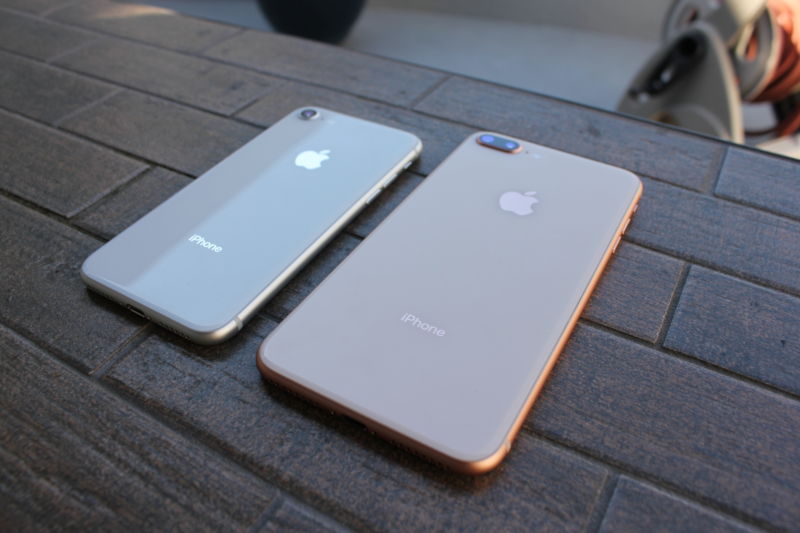
Apple released its fourth fiscal quarter financials late yesterday, showing numbers that beat most analysts' and Wall Street's expectations. The company's total revenue reached $52.6 billion, up 12 percent year-over-year and beating its own $52 billion projection.
Each of Apple's product segments grew this quarter: iPhone sales topped at 46.7 million units, accumulating $28.8 billion in revenue and increasing 2 percent year-over-year. iPad sales reached $4.8 billion while Mac sales hit $7.2 billion in revenue.
Despite the expected holdout from iPhone customers waiting for the $999 iPhone X (which is officially available in Apple stores today), Apple CEO Tim Cook stated on the earnings call that the iPhone 8 and 8 Plus are currently the two most popular iPhone models. Considering the high price of the iPhone X, customers may be purchasing the next best thing that's slightly more affordable—for now at least. While the Q4 earnings report does not include any iPhone X sales numbers, Apple expects high demand for the new smartphone through this quarter and beyond. Cook stated the company will "get as many of them as possible to the customers as soon as possible."
Apple's services business, which includes things like the App Store, iCloud, and AppleCare+, continues to grow: it reached $8.5 billion in revenue this quarter, representing a 34 percent year-over-year change. The company's "other products" division, which includes devices like the Apple Watch, hit $3.2 billion in revenue, representing a 36-percent increase year-over-year.
While Apple doesn't list unit or sales numbers per product included in this group, Cook stated the Apple Watch experienced a 50 percent sales growth for the third consecutive quarter. The Apple Watch Series 3 has been available since mid-September, and the growth in popularity may be due to the addition of LTE, which allows some Series 3 models to make and receive calls and messages, stream music, and receive notifications without a paired iPhone nearby.
A surprising change for Apple came in China during the fourth quarter: sales in the country hit $9.9 billion, up 12 percent year-over-year. In Q3 2017, Apple experienced a 10-percent year-over-year drop in China, so these new numbers represent a bright spot in what had been an area of struggle for the tech giant.
reader comments
81